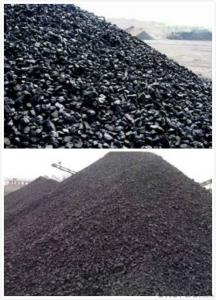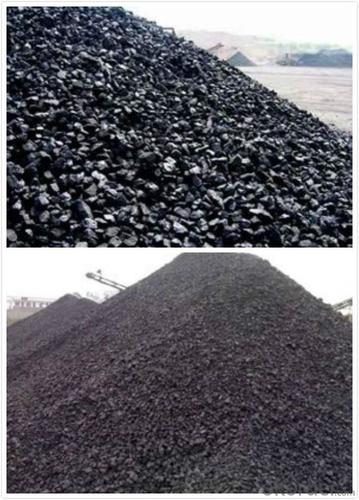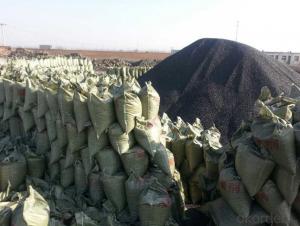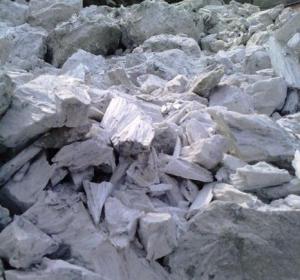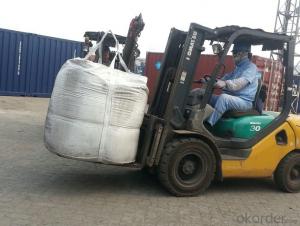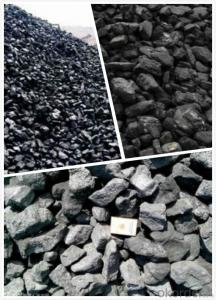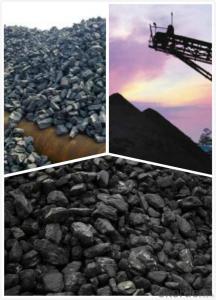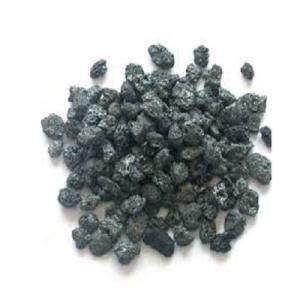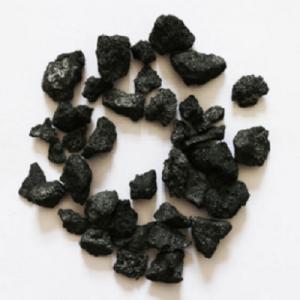Foundry Coke Manufactured in China for Furnace Charge
- Loading Port:
- Tianjin
- Payment Terms:
- TT OR LC
- Min Order Qty:
- 100 m.t
- Supply Capability:
- 10000 m.t/month
OKorder Service Pledge
OKorder Financial Service
You Might Also Like
Product Description
Foundry Coke is a kind of main raw materials used for steel makers, we have own coke plants at Shanxi province with output 2 million MT.
The coke handled by our couporation is made from superior coking coal of Shanxi province. Provided with the dvantages of low ash, low sulphur and high carbon.Our coke is well sold in European,American,Japanese and South-east Asian markets. Our owned Coke plant are located in Shanxi Province and supplying of you many kinds of coke.
Features
This is a special coke that is used in furnaces to produce cast and ductile iron products. It is a source of heat and also helps maintain the required carbon content of the metal product. Foundry coke production requires lower temperatures and longer times than blast furnace coke.
Specification
Fixed Carbon | Sulphur Content | Moisture | V.Matter | Ash |
86%min | 0.7%max | 5%max | 1.2%max | 12%max |
88%min | 0.65%max | 5%max | 1.5%max | 10%max |
85%min | 0.8%max | 15%max | 2%max | 13.5%max |
Size: 60-90mm,90-120mm,120-150mm,150-180mm and so on.
Pictures
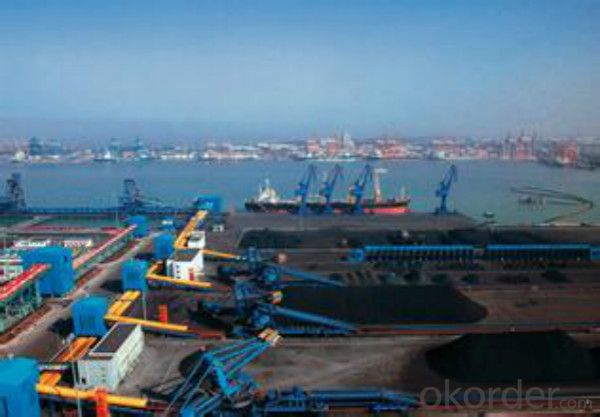
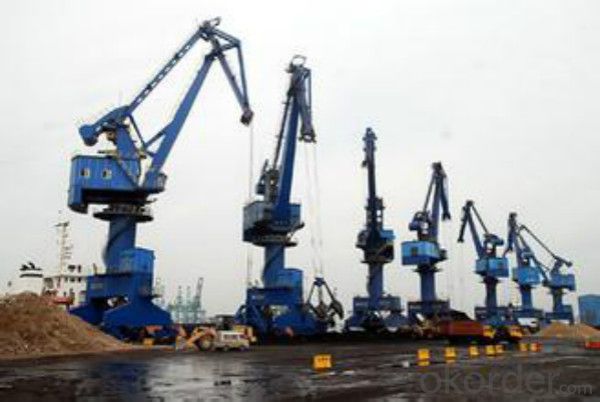
FAQ:
1 How long can we deliver the cargo?
Within 30 days after receiving the LC draft or down payment
2 Time for after-sales?
1 year.
- Q: What is the density of carbon?
- The density of carbon is approximately 2.26 grams per cubic centimeter.
- Q: What are the health effects of carbon monoxide poisoning?
- The human body can experience serious health effects due to carbon monoxide poisoning. When carbon monoxide (CO) is inhaled, it quickly enters the bloodstream and attaches itself to hemoglobin, which is responsible for carrying oxygen in red blood cells. As a result, the blood's ability to transport oxygen throughout the body is reduced, causing oxygen deprivation known as tissue hypoxia. The symptoms of carbon monoxide poisoning can vary depending on the level and duration of exposure. Common symptoms include headache, dizziness, nausea, confusion, weakness, and shortness of breath. These symptoms can easily be mistaken for other illnesses, making carbon monoxide poisoning particularly dangerous as it can go undetected until it reaches critical levels. In severe cases, carbon monoxide poisoning can lead to loss of consciousness, seizures, coma, and even death. Prolonged or repeated exposure to lower levels of carbon monoxide can also result in long-term health problems, including memory issues, difficulty concentrating, mood changes, and cardiovascular complications like heart disease. Certain populations, such as young children, pregnant women, the elderly, and individuals with pre-existing heart or lung conditions, are more vulnerable to the effects of carbon monoxide poisoning. Additionally, being exposed to high levels of carbon monoxide in enclosed spaces like homes with faulty heating systems or car garages can pose a significant risk. To prevent carbon monoxide poisoning, it is crucial to ensure proper ventilation in living spaces and regularly maintain fuel-burning appliances like furnaces, water heaters, and stoves. Installing carbon monoxide detectors in homes is also highly recommended as they can provide early warnings of dangerous gas levels. If carbon monoxide poisoning is suspected, immediate action should be taken to remove oneself from the source of exposure and seek medical attention. Medical professionals may administer oxygen therapy to increase blood oxygen levels and aid in the removal of carbon monoxide from the body. In conclusion, carbon monoxide poisoning can have severe health effects, ranging from mild symptoms to life-threatening conditions. Being aware, taking preventive measures, and responding promptly are crucial in safeguarding individuals from the dangers of carbon monoxide exposure.
- Q: What are the properties of carbon fibers?
- Carbon fibers are known for their exceptional strength and stiffness, making them ideal for applications requiring high-performance materials. They possess a low density, corrosion resistance, and excellent thermal conductivity. Additionally, carbon fibers exhibit high resistance to fatigue and have a high tensile strength, allowing them to withstand extreme conditions. They are also chemically inert and have a low coefficient of thermal expansion, making them versatile for various industries such as aerospace, automotive, and sports equipment.
- Q: What are the environmental impacts of carbon emissions?
- Carbon emissions have a wide range of significant environmental consequences. One of the most urgent issues is their contribution to climate change. Carbon dioxide (CO2) is a greenhouse gas that traps heat in the Earth's atmosphere, causing global temperatures to rise. This temperature increase has extensive effects, including the melting of polar ice caps, rising sea levels, and more frequent and severe extreme weather events like hurricanes, droughts, and floods. Another environmental consequence of carbon emissions is ocean acidification. When CO2 is released into the atmosphere, a portion of it dissolves into the oceans and forms carbonic acid. This acidification disrupts the ocean's pH balance, which is crucial for the survival of marine life. It has a negative impact on the growth and development of coral reefs, shellfish, and other organisms that rely on calcium carbonate to create their shells or skeletons. Moreover, carbon emissions contribute to air pollution. The burning of fossil fuels not only releases CO2 but also other pollutants like nitrogen oxides (NOx), sulfur oxides (SOx), and particulate matter. These pollutants have harmful effects on air quality, leading to respiratory problems, cardiovascular diseases, and other health issues for humans and animals. Additionally, they contribute to the formation of smog and haze, reducing visibility and further deteriorating air quality. Carbon emissions also indirectly affect ecosystems. Changes in climate patterns can disrupt ecosystems and impact the distribution and behavior of various species. This can result in alterations in bird migration patterns, the timing of plant flowering, and the availability of food sources. These disruptions can have cascading effects on entire ecosystems, potentially leading to the extinction of certain species or the invasion of non-native species. Finally, carbon emissions contribute to the depletion of natural resources. Extracting and burning fossil fuels for energy production not only release carbon dioxide but also necessitate the destruction of habitats and ecosystems. This includes activities like coal mining, oil drilling, and deforestation for palm oil plantations or grazing lands. These actions result in the loss of biodiversity, habitat destruction, and soil erosion, further aggravating environmental degradation. In conclusion, the environmental impacts of carbon emissions are varied and extensive. They encompass climate change, ocean acidification, air pollution, disruption of ecosystems, and the depletion of natural resources. Addressing these impacts requires a collective effort to reduce carbon emissions and transition towards cleaner and more sustainable energy sources.
- Q: How does carbon affect the formation of cyclones?
- Carbon does not directly affect the formation of cyclones. Cyclones, also known as hurricanes or typhoons, are formed through a complex interaction of various atmospheric and oceanic factors. Carbon, specifically carbon dioxide (CO2), is a greenhouse gas that contributes to global warming and climate change. It is important to note that while carbon dioxide concentrations in the atmosphere are increasing due to human activities, such as burning fossil fuels, it does not directly cause the formation of cyclones. However, climate change resulting from increased carbon dioxide levels does have an indirect influence on cyclone formation. Warmer temperatures due to climate change can lead to increased sea surface temperatures, which provide the energy necessary for cyclone formation and intensification. Higher temperatures also increase evaporation rates, leading to more moisture in the atmosphere that can fuel cyclone development. Furthermore, climate change can alter atmospheric conditions and circulation patterns, which may affect the frequency, intensity, and tracks of cyclones. However, the specific impact of carbon dioxide on cyclone formation and behavior is still an active area of research, and more studies are needed to fully understand the relationship between carbon dioxide and cyclones.
- Q: Is there any difference between carbon plate and universal board?
- Moreover, due to the characteristics of the rolling process, the mechanical properties of the steel plate vary greatly in the rolling direction and other directions (anisotropy), especially the impact power index is more obvious.In addition, the industry often encountered "cold-rolled carbon structural steel plate", "high-quality carbon structural steel plate" and so on, we should pay attention to distinguish between, do not mix.
- Q: What are the consequences of increased carbon emissions on political stability?
- Increased carbon emissions can have significant consequences on political stability. One of the main consequences is the exacerbation of environmental challenges and natural disasters. As carbon emissions contribute to global warming, the frequency and intensity of extreme weather events such as hurricanes, droughts, and flooding increase. These disasters can lead to displacement of communities, destruction of infrastructure, and loss of lives, all of which can have a destabilizing effect on societies. Moreover, the economic impact of increased carbon emissions can also create political instability. As climate change affects agriculture, water resources, and energy production, it can lead to economic disturbances, unemployment, and rising food prices. These economic hardships can fuel social unrest, protests, and even conflicts, particularly in countries that heavily rely on these sectors for their livelihoods. Additionally, the consequences of increased carbon emissions can exacerbate existing social and political tensions. Climate change often disproportionately affects vulnerable populations, such as communities in developing countries or marginalized groups. This inequality can aggravate social inequalities, increase social unrest, and lead to political instability as marginalized communities demand action and justice. Furthermore, the global nature of climate change necessitates international cooperation and agreements to effectively address the issue. However, increased carbon emissions can strain diplomatic relations, particularly between countries that have differing views on climate action. Disagreements over carbon reduction targets, carbon trading mechanisms, and financial contributions can lead to diplomatic tensions and hinder global cooperation, which may consequently impact political stability. In conclusion, increased carbon emissions have far-reaching consequences on political stability. From environmental challenges and natural disasters to economic disturbances and social tensions, the consequences of carbon emissions can strain societies and governments. To ensure political stability, it is imperative that global efforts are made to reduce carbon emissions and mitigate the impacts of climate change.
- Q: How does deforestation affect carbon levels?
- The atmosphere is significantly affected by deforestation, as it leads to higher carbon levels. Carbon dioxide (CO2) is absorbed by trees through photosynthesis and stored in their trunks, branches, leaves, and roots, playing a vital role in the carbon cycle. However, when forests are cleared or burned, the stored carbon is released back into the atmosphere as CO2, contributing to the greenhouse effect and climate change. Deforestation not only reduces the number of trees available to absorb CO2, but it also disrupts the natural balance of the carbon cycle. Forests function as carbon sinks, meaning they absorb more CO2 than they release, thus helping to regulate the Earth's climate. By cutting down forests, the carbon stored in their biomass is quickly released, worsening the issue of excess CO2 in the atmosphere. Moreover, deforestation affects the long-term carbon storage capacity of the planet. Young trees and newly regrown forests have lower carbon storage capabilities compared to older, mature forests. Consequently, clearing forests and replacing them with young vegetation or non-forested land significantly diminishes the ability to absorb and store carbon. The consequences of increased carbon levels in the atmosphere are extensive. Carbon dioxide acts as a greenhouse gas, trapping heat in the Earth's atmosphere and contributing to global warming and climate change. Rising temperatures result in a chain of effects, such as more frequent and intense extreme weather events, higher sea levels, and disruptions to ecosystems and biodiversity. To minimize the impact of deforestation on carbon levels, it is crucial to prioritize sustainable forest management practices and efforts for reforestation. Protecting existing forests and promoting afforestation and reforestation can help restore the planet's capacity to absorb carbon and contribute to global endeavors in combating climate change.
- Q: The difference between double offset paper and carbon free printing paper
- Double offset paper is a printing paper. It is a higher quality printing paper. The contrast, flexibility and surface strength have higher requirements, and the acidity and basicity of the paper should be close to neutral or weak alkaline. Previously called Dowling, now some small mills to offset for the very low, the price is low...
- Q: What is the boiling point of carbon?
- The boiling point of carbon, a nonmetallic element, depends on its allotrope. Carbon has multiple allotropes, including graphite and diamond, each with different physical properties. Graphite, which consists of layers of carbon atoms arranged in a hexagonal lattice, does not have a boiling point since it sublimes directly from a solid to a gas. On the other hand, diamond, which is composed of carbon atoms arranged in a three-dimensional lattice, also does not have a boiling point as it undergoes direct sublimation. Therefore, carbon does not have a boiling point in its pure elemental form.
Send your message to us
Foundry Coke Manufactured in China for Furnace Charge
- Loading Port:
- Tianjin
- Payment Terms:
- TT OR LC
- Min Order Qty:
- 100 m.t
- Supply Capability:
- 10000 m.t/month
OKorder Service Pledge
OKorder Financial Service
Similar products
Hot products
Hot Searches
